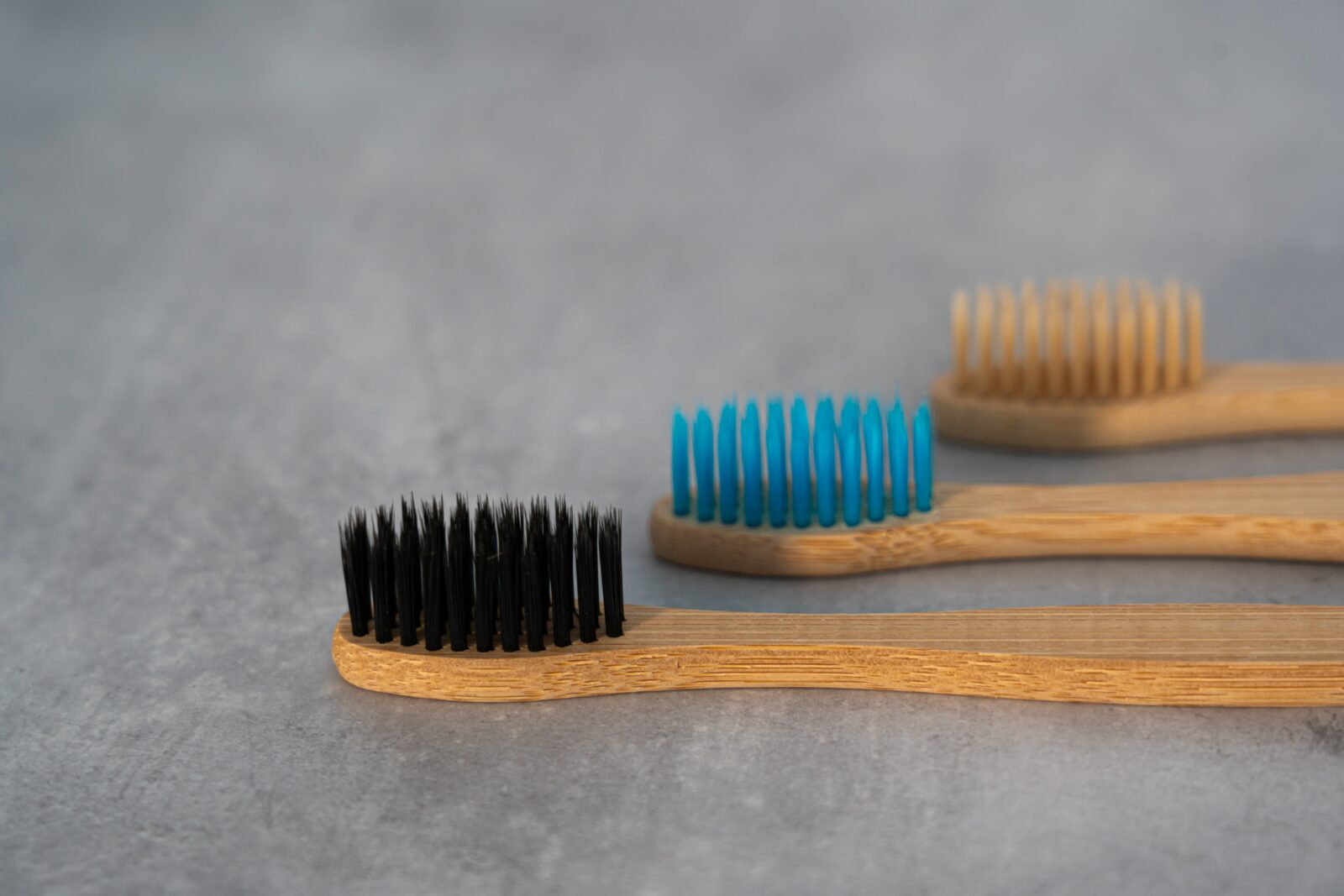
When it comes to oral hygiene, most of us diligently brush our teeth at least twice a day. But have you ever wondered what might be lurking on your toothbrush? Recent scientific studies have revealed that toothbrushes can harbor a significant amount of bacteria, some of which may pose health risks. In this blog post, we will delve into the fascinating realm of toothbrush microbiota, explore the most common bacteria found, discuss potential health implications such as heart problems, and provide you with effective strategies to maintain a clean toothbrush.
Bacterial contamination of toothbrushes
Numerous studies have shed light on the bacterial contamination of toothbrushes. In a study published in the Journal of Clinical Microbiology, researchers found that a single toothbrush can harbor thousands of bacteria, including both pathogenic and non-pathogenic species [1]. Factors contributing to bacterial contamination include improper storage, environmental conditions, and the overall oral health of the individual.
Most common bacteria on toothbrushes
While the bacterial composition on toothbrushes may vary among individuals, several common bacteria have been consistently identified. A study published in the Journal of Dental Research revealed that the predominant bacterial species on toothbrushes are Streptococcus, followed by Lactobacillus, Staphylococcus, and Corynebacterium [2]. These bacteria are part of the oral microbiota and can be introduced to toothbrushes during brushing.
Health implications: link to heart problems
The presence of certain bacteria on toothbrushes has been associated with potential health risks, including heart problems. One of the most notable examples is the connection between periodontal disease and cardiovascular health. The American Heart Association published a scientific statement linking periodontal disease, caused by specific bacteria such as Porphyromonas gingivalis, with an increased risk of developing heart disease [3]. While direct causation has not been established, it is believed that bacteria from the oral cavity can enter the bloodstream and contribute to inflammation, which may impact cardiovascular health.
Best practices for maintaining a clean toothbrush
To minimize bacterial contamination and promote oral health, it is crucial to adopt effective toothbrush cleaning practices. Here are some recommendations:
Members Only Content
To continue reading please subscribe to WellnessPlus by Dr. Jess MD
Be your own best doctor with our comprehensive suite of online health coaching tools.
